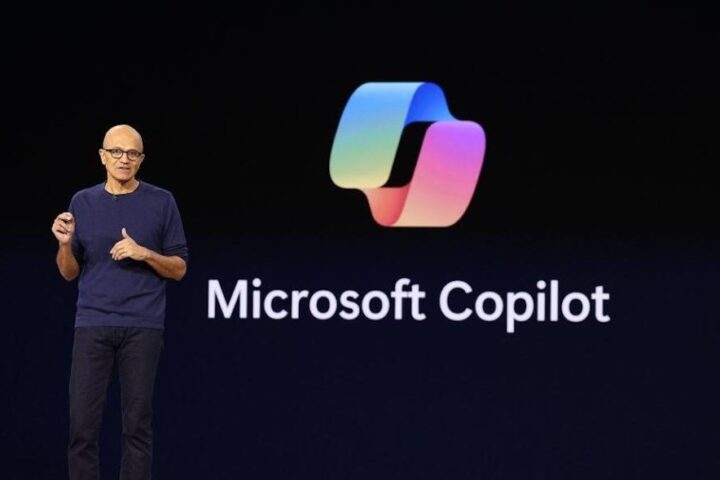 Using machine learning in every product might sound appealing—especially amid the buzz around generative AI—but it isn’t always the right move. Sometimes a straightforward, rule‑based solution can deliver exactly what’s needed without the extra cost and complexity.
Using machine learning in every product might sound appealing—especially amid the buzz around generative AI—but it isn’t always the right move. Sometimes a straightforward, rule‑based solution can deliver exactly what’s needed without the extra cost and complexity.
Consider products like Spotify playlists. They rely on clear inputs such as your listening history or liked songs. When the relationship between input and output is direct, a simple system can work wonders. However, when you’re dealing with a myriad of possible variations, a supervised or semi‑supervised model might be your best bet instead of committing to an expensive large language model (LLM).
If you’ve ever wrestled with the trade‑off between cost and precision, you know that not all AI solutions are equal. LLMs pack a punch but they’re not always precise and can be pricey. In many cases, a focused supervised model or even a set of well‑designed rules will give you the consistency you need.
When the task involves repetitive actions with predictable outcomes, simpler systems are more than enough. But if the same input can trigger multiple distinct responses—think dynamic customer support or generating unique artwork—then more complex ML models have their place. The key is matching the solution to the real challenge, ensuring you’re not overengineering your approach.
At the end of the day, it’s all about making smart choices. Evaluate the nature of your inputs and outputs, consider the complexity, and factor in both cost and precision. By aligning your tools to your actual needs, you’ll craft systems that are both efficient and scalable.








